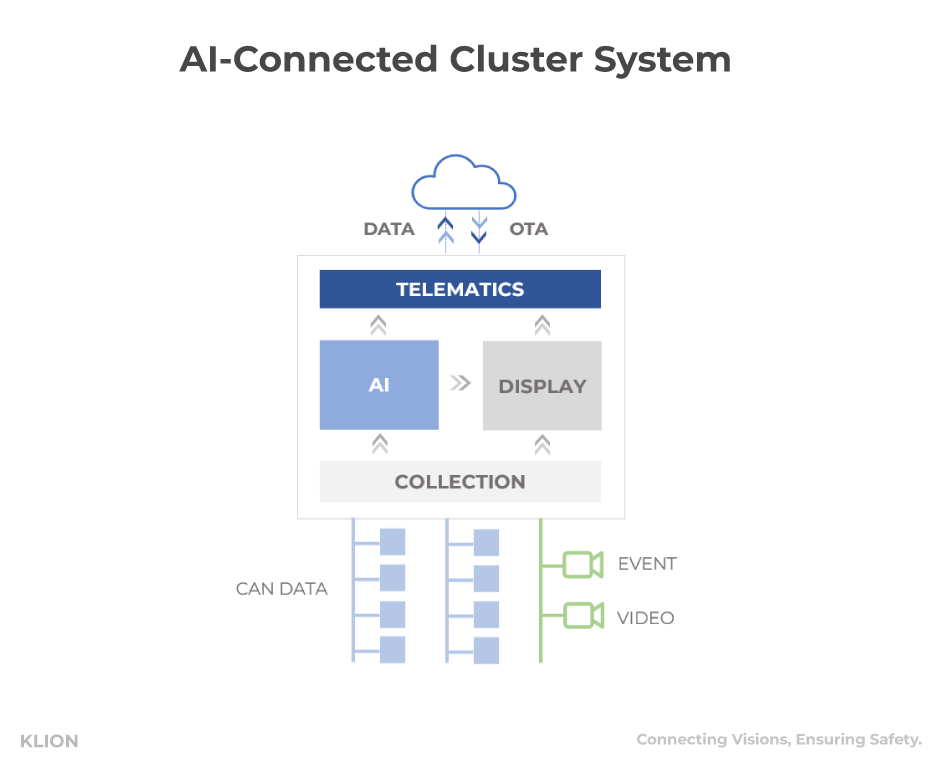[The case for the integrated digital cluster for off-highway vehicles]
Digital instrument clusters are becoming a more critical part of the electrical and electronic (E/E) architecture of off-highway machine development. They provide a more versatile and dynamic human-machine interface (HMI) for the mobile machine operator.

Now that more off-highway machines are equipped with digital displays as the primary operator interface; we can take maximum advantage of this capable device in the cabin. Let's take a quick look at the technical specification of NXP i.MX 8M Plus application processor:
- Powerful quad core Arm® Cortex®-A53 processor with a Neural Processing Unit (NPU) operating at up to 2.3 TOPS.
- Dual image signal processors (ISP) and two camera inputs for an effective advanced vision system.
- The multimedia capabilities include video encode (including h.265) and decode, 3D/2D graphic acceleration, and multiple audio and voice functionalities.
- Real-time control with Cortex-M7. Robust control networks supported by dual CAN FD and dual Gigabit Ethernet with Time Sensitive Networking (TSN).
The quad-core ARM processor running at 1.8GHz provides enough processing power to run HMI applications. Instead of wasting excessive CPU power, we can use it to run additional applications such as surround-view cameras or data logging and analysis.
The built-in Neural Processing Unit can be used for edge AI applications. The AI model should still be developed and trained on a more powerful computing platform (e.g., the Cloud), but once the model is created, it can then be optimized for inferencing on the device side. The built-in NPU provides multiple orders of magnitude faster inference performance than running the application on CPU or GPU.
Vision processing is probably the most well-understood AI application. By providing video data from the camera to the device's pre-trained model, it can classify or detect the objects around the vehicle, which can help increase situational awareness and improve safety at the worksite.
The digital cluster is connected to the vehicle's CAN network and, by default, has access to all the data exchanged between ECUs in the off-highway machine. This opens up many possibilities for value-adding applications, such as preventive maintenance, by analyzing and predicting potential problems before they occur.
Finally, the digital cluster can be connected to the Internet with a built-in modem or smartphone tethering. Once the device is connected to the Cloud, it can fully take advantage of the higher-performance cloud computing, which can manage the fleet of connected vehicles to monitor and improve operational efficiency.
As the vehicle is connected to the Cloud, the software of the in-vehicle ECUs can be updated over the air for improvements. These can be quick bug fixes or enhancements of existing features after collecting information about the vehicle's operation in the field, and this helps significantly reduce vehicle downtime and improve productivity.
Instead of having dedicated control units with their own silver box, processor, memory, harness, etc., this additional functionality can be integrated into the digital cluster, which saves cost, weight, power consumption, and, very critically, the failure rate related to the multiple controllers in the system.